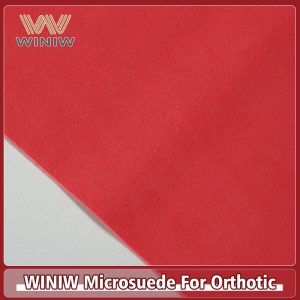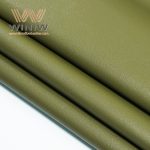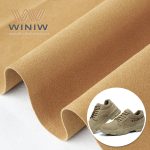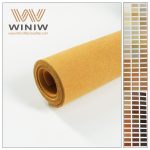I notice that hybrid designs also improve moisture management. Mesh or textile inserts allow air to circulate, which helps prevent sweat buildup. At the same time, leather or synthetic overlays add structure and support. This combination creates a versatile safety boot that performs well in changing conditions.
Tip: I recommend hybrid safety shoes for workers who need reliable protection but also value comfort and flexibility throughout the day.
Weaknesses
Despite the many strengths, hybrid safety shoes upper material comes with some limitations. I have experienced issues with heat retention, especially when the boot uses thick overlays or lacks enough ventilation. During intense activity, my feet sometimes feel hot, which can lead to discomfort or even blisters.
Moisture buildup is another concern. Some hybrid materials absorb sweat, causing dampness and unpleasant odors if I do not air out my boots regularly. Over time, I have noticed that certain hybrid uppers compress and lose their cushioning, which reduces support and comfort. This can mean I need to replace my safety boots more often than I would with single-material designs.
The following table outlines the main disadvantages I have encountered with hybrid safety boot uppers:
| Disadvantage | Impact |
|---|---|
| Heat Retention | Traps body heat, causing discomfort and blisters |
| Moisture Buildup | Absorbs sweat, leading to dampness and bacterial odor |
| Durability Issues | Compresses over time, losing cushioning and support |
| Limited High-Intensity Use | Poor stability/ventilation for sports or intense work |
| Long-Term Cost | Frequent replacements may offset initial affordability |
I always consider the specific job requirements before recommending a hybrid safety boot. While the choice of materials offers many benefits, I weigh these against the potential drawbacks. For demanding environments, I check for reinforced zones and advanced moisture-wicking linings to address these issues.
Note: Regular cleaning and proper care can extend the life of hybrid safety shoes and help maintain their protective features.
Choosing the right safety shoes upper material makes a real difference in how well my feet stay protected and comfortable at work. I always look for materials that offer breathability, robustness, and water resistance. When I select safety shoes, I check for sturdy uppers like black leather or polyurethane, which improve durability and shield against hazards. I also value ample wiggle room in the toe box for comfort during long shifts. The choice of materials, such as nubuck or waterproof synthetics, helps me stay safe and mobile. I recommend consulting a safety boot expert or manufacturer to match your needs with the best materials.
- Breathability keeps my feet comfortable.
- Robustness ensures my safety boot lasts longer.
- Water resistance protects against spills and chemicals.



FAQ
What is the most durable material for safety shoe uppers?
I always choose full-grain leather for maximum durability. This material resists abrasion and lasts longer than most alternatives. I trust it for tough industrial environments where shoes face daily wear and tear.
How do I clean safety shoes with textile uppers?
I use a soft brush to remove dirt, then wipe the surface with a damp cloth. For stubborn stains, I apply mild soap. I always let my shoes air dry to prevent damage.
Are synthetic uppers as protective as leather?
Synthetic uppers can offer strong protection, especially when reinforced. I find that advanced synthetics resist chemicals and water well. However, I still rely on leather for heavy-duty tasks requiring maximum durability.
Which material is best for hot environments?
I recommend mesh or microfiber uppers for hot conditions. These materials allow air to circulate, keeping my feet cool and dry. I avoid heavy leather in high temperatures to reduce discomfort.
Can I use safety shoes with canvas uppers for construction work?
I do not recommend canvas for construction. Canvas works best for light-duty tasks. I always select leather or reinforced synthetics for construction sites to ensure proper protection.
How often should I replace my safety shoes?
I replace my safety shoes every 6 to 12 months, depending on wear. I check for signs of damage, loss of support, or compromised protection. Regular inspection helps me stay safe.
Do waterproof safety shoes make my feet sweat?
Waterproof shoes can trap moisture if they lack breathability. I choose models with breathable membranes like Gore-Tex®. These keep my feet dry from both water and sweat.
What is the lightest material for safety shoe uppers?
Microfiber and mesh are the lightest options I have worn. These materials reduce fatigue during long shifts. I recommend them for jobs that require constant movement.









